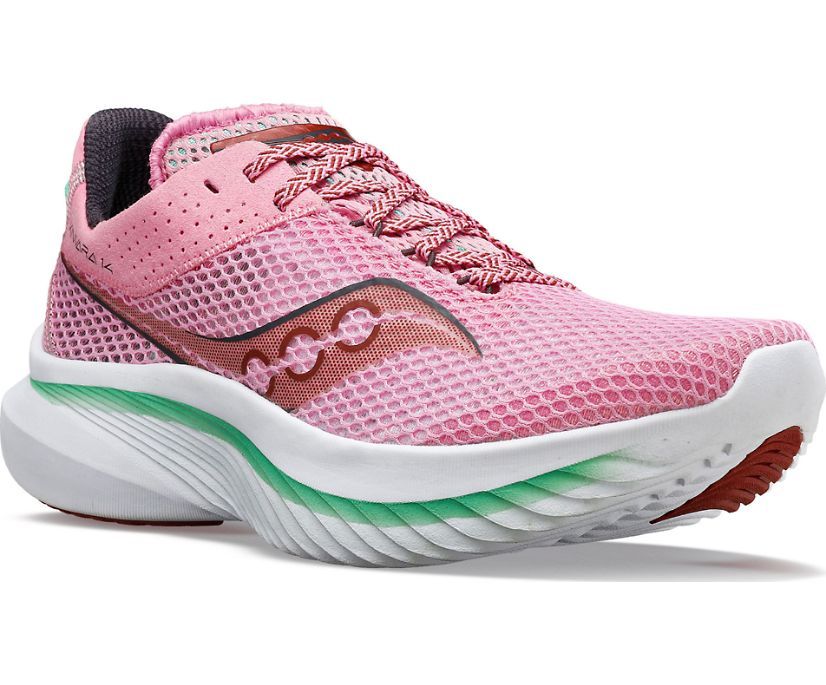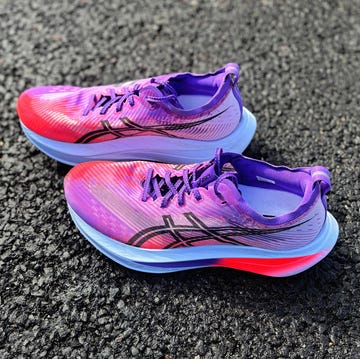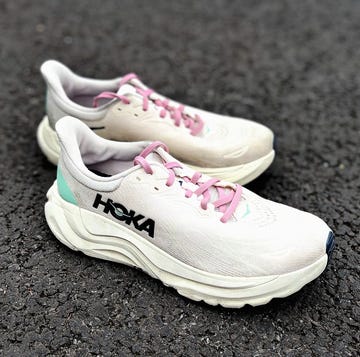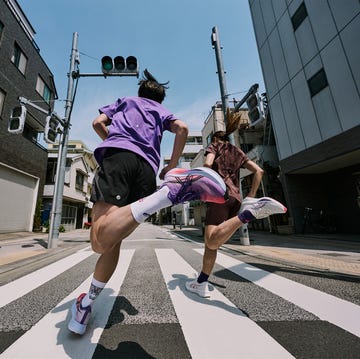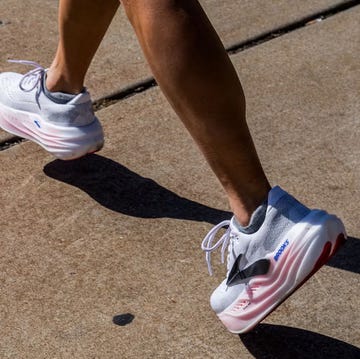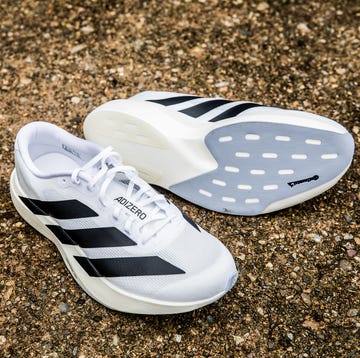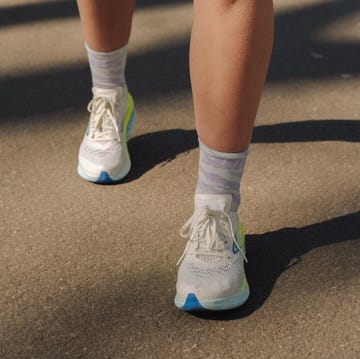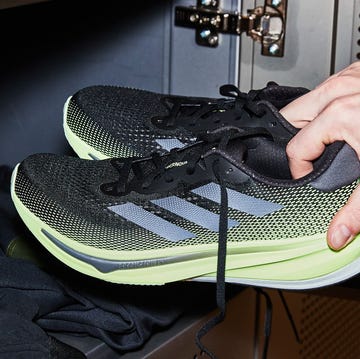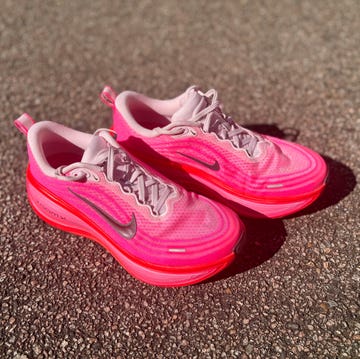Type: Neutral
Weight: 200g (M), 119g (W)
Drop: 4mm
What everyone's reading
The shoe
Ever since its first release back in 2010, the Saucony Kinvara has been a popular choice for runners wanting a lightweight and flexible shoe for speedwork. And, despite the booming popularity of the Endorphin range and other carbon-plated shoes, the Kinvara (and its cult following) is still going strong 13 years later.
That being said, a shoe on its 14th iteration is going to look and feel quite different from its humble beginnings, and that seems to be the case in the latest model. So, does the Kinvara still live up to expectations?
How is the Kinvara 14 different to the Kinvara 13?
The Kinvara’s stack height has been gradually creeping up over the years – likely due to the growing demand for max-cushioned shoes. The Kinvara 13 measured 28.5mm in the heel and 24.5mm in the forefoot, while the Kinvara 14 measures 31mm in the heel and 27mm in the forefoot. So, even though the 4mm heel-to-toe drop remains the same (rare to find such a low drop these days), there’s been a fairly significant increase in the stack height for just one iteration.
But despite the higher stack, the Kinvara 14 is significantly lighter than its predecessor, weighing in at 119g (the 13 weighed 184g). This is thanks to the new PWRRUN midsole foam which Saucony claims is 25 per cent lighter than its previous cushioning material.
The upper is made from a breathable mesh material, with a built-in 'bootie' tongue that wraps around the front of the foot for a snug lockdown. Our only criticism is that the upper feels a little cheap, and not particularly durable.
What is the Kinvara 14 like to run in?
The Kinvara is best known for combining medium cushioning with a good amount of stiffness, wrapped up in a really lightweight shoe – and that’s still what you’re getting here. The newly designed rocker shape creates a ride that feels smooth and agile over everyday miles, with the ability to push into harder efforts.
Sure, there’s more midsole foam than in previous iterations, but this hasn’t actually added any weight to the shoe – quite the opposite. The result is a comfortable level of cushioning, rather than the pillowy, marshmallow-like softness you’d find in max-cushioned shoes, with a decent amount of ground feel. Again, perhaps there’s not as much as much ground feel as previous models, but it doesn’t impact the overall ride that significantly.
If we had to sum the Kinvara up in three words it would be: well-balanced, nimble and agile. One of our testers commented that it really comes into its own over the half marathon distance, with the snappiness you want from a racing shoe, but enough cushioning to keep you comfortable over 13.1 miles.
How does the Kinvara 14 fit?
The Kinvara 14 fits true to size. Where it’s divided opinion, however, is the slightly narrower fit, particularly around the midfoot. In fact, it almost feels akin to the medial side guidance you might find on a stability shoe like the Guide or the Tempus, which is unusual given that the Kinvaea is a neutral trainer. Personally, we think this helps to create that ‘locked in’ feeling, but it’s easy to see why the snugness might put some people off.
The upper is also extremely thin, which means you do notice the laces pressing into the top of the foot slightly. Again, we didn’t have any problems with rubbing or blistering, but someone with wider feet may struggle.
RW verdict
While fans of more minimalist shoes may be less than impressed by the increase in stack, we don’t think it takes much away from the Kinvara’s core ethos. Lighter than ever, the 14 is a reliable, race day shoe for those who don’t want a carbon plate – or to pay the price for it. And at the same time, it’s smooth enough to use for everyday miles. If you ask us, thirteen years on, Saucony is still getting it right.


